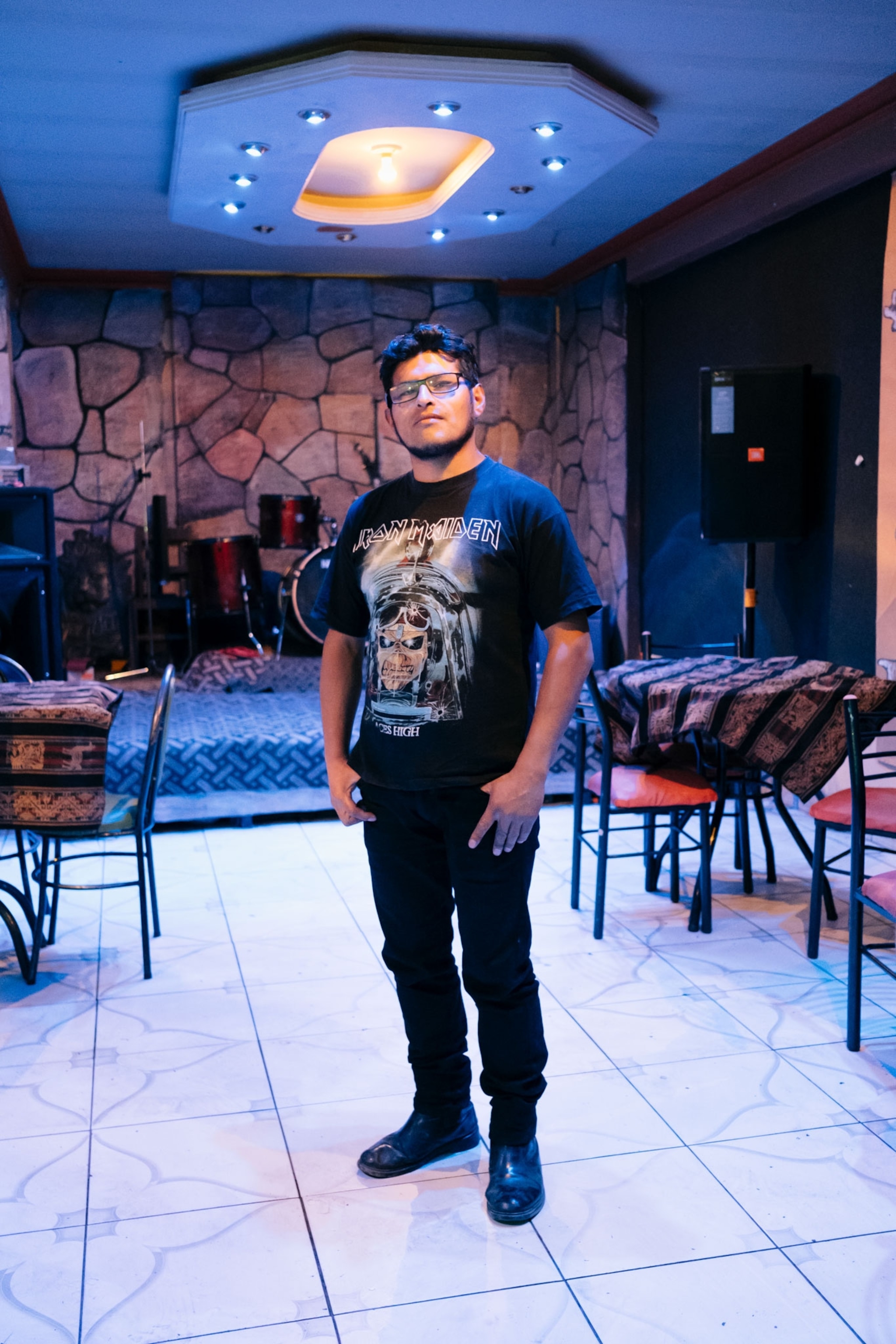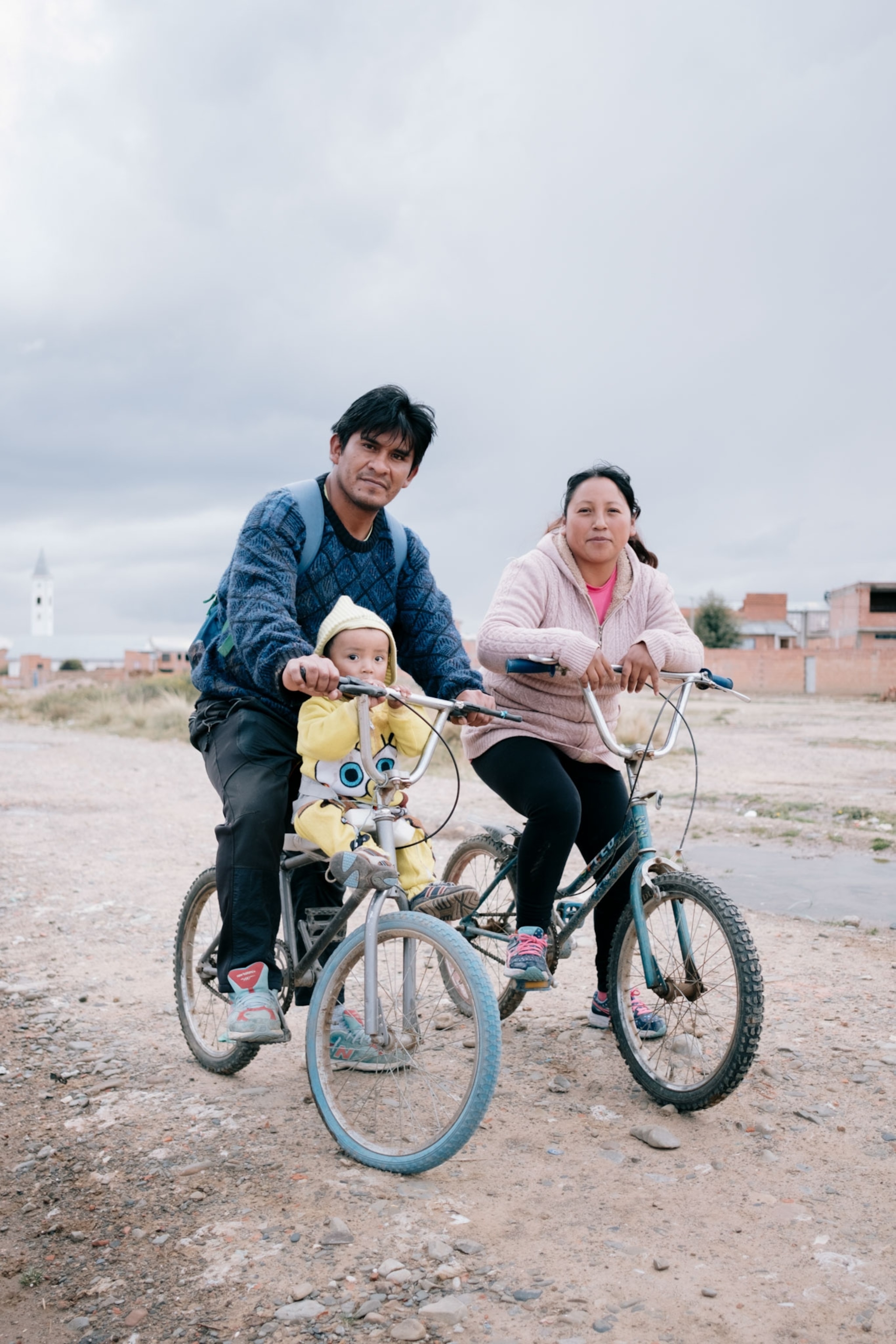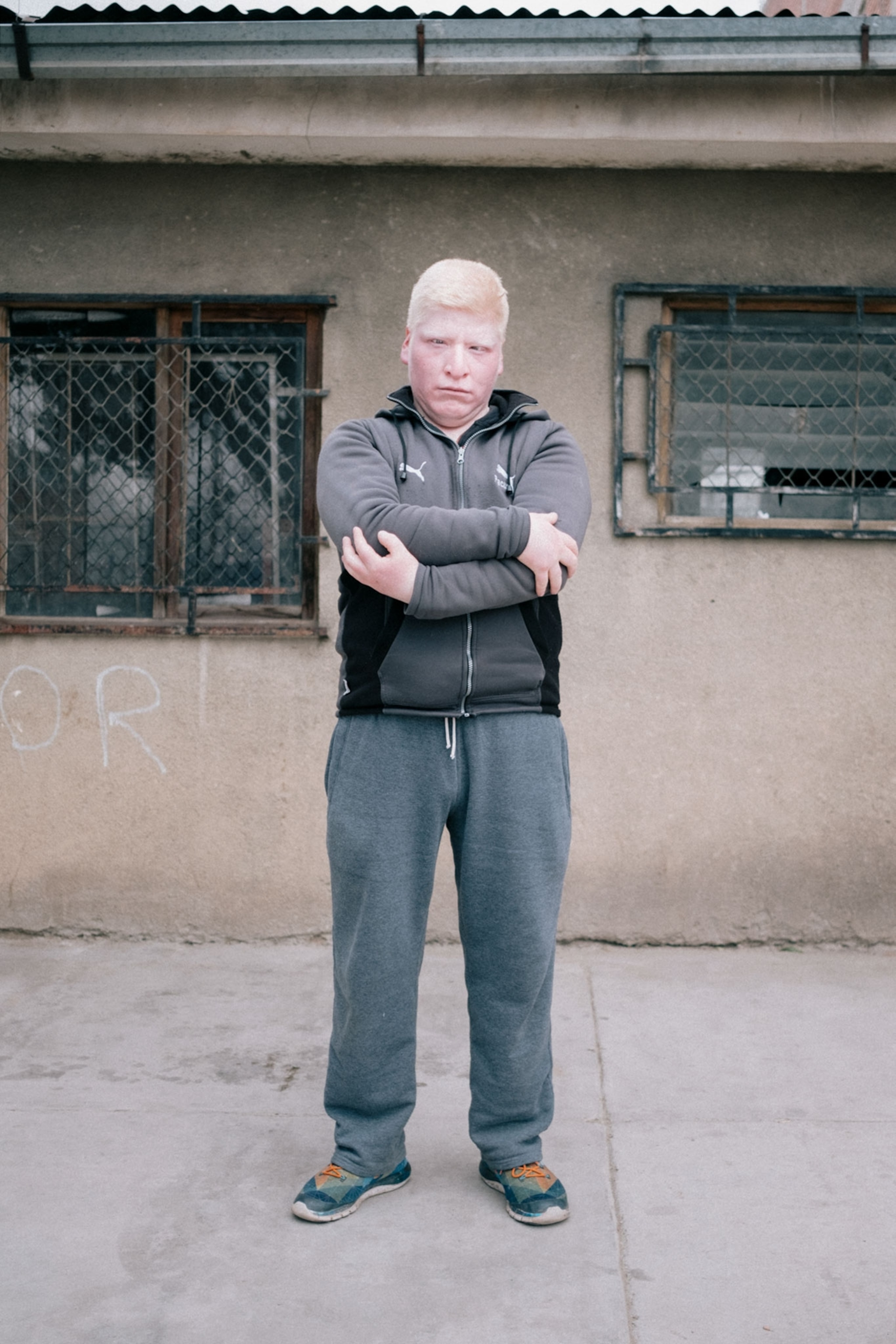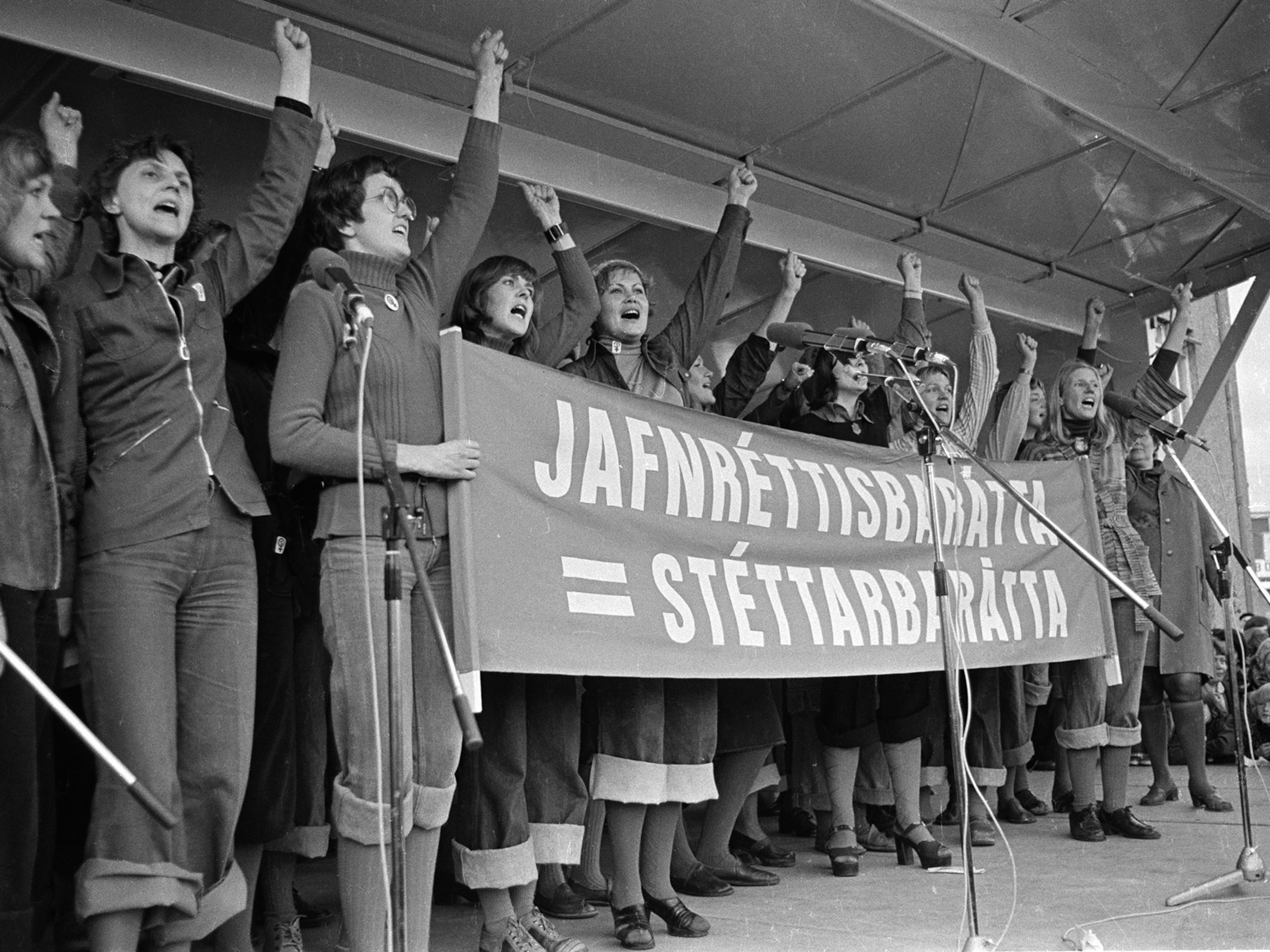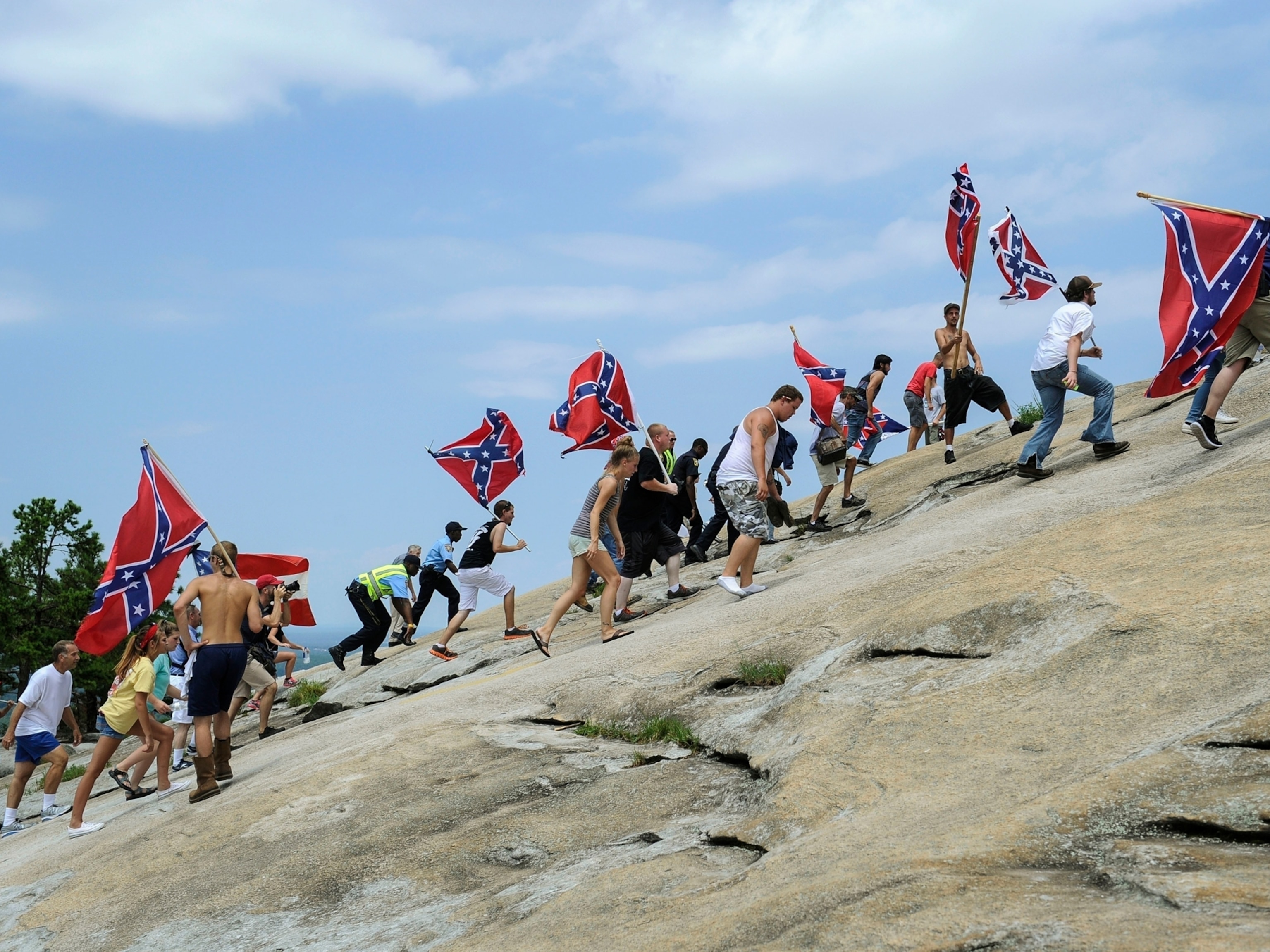Celebrating the everyday lives of a Bolivian indigenous group
Known for their bowler hats and full skirts, the Aymara of Bolivia want people to see beyond folkloric stereotypes.

Casual visitors to Bolivia might assume they know who the Aymara are. They’ve seen the women in their full skirts, with richly embroidered scarfs around their shoulders and tiny bowler hats perched on their heads. Perhaps they’ve even seen the wrestling cholitas, women who fight each other and sometimes men as well.
The Aymara are one of the largest indigenous groups in Bolivia (recently ousted president Evo Morales is a member) but they’ve long been discriminated against. “They are only seen as performers,” explains Bolivian photographer Manuel Seoane.

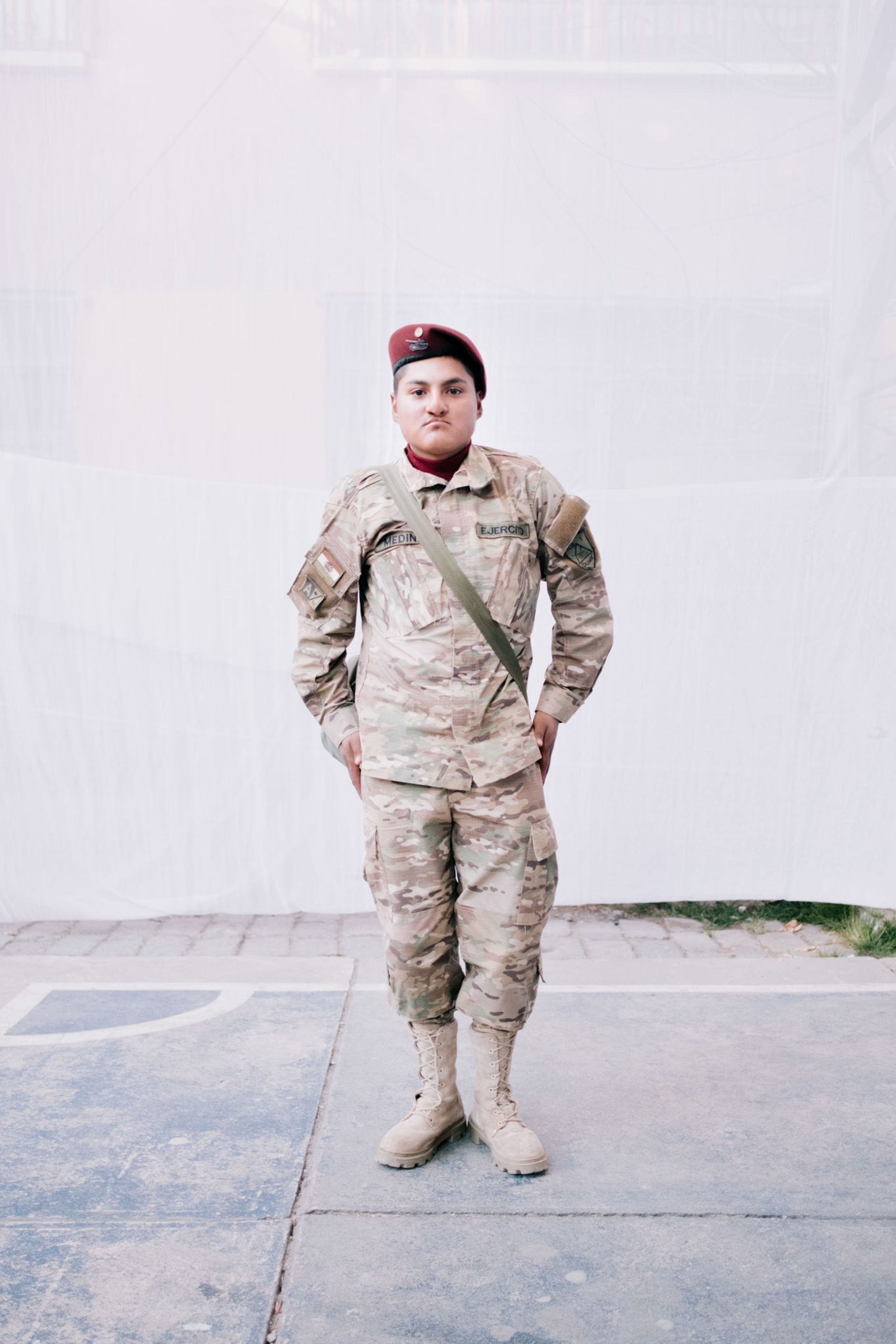

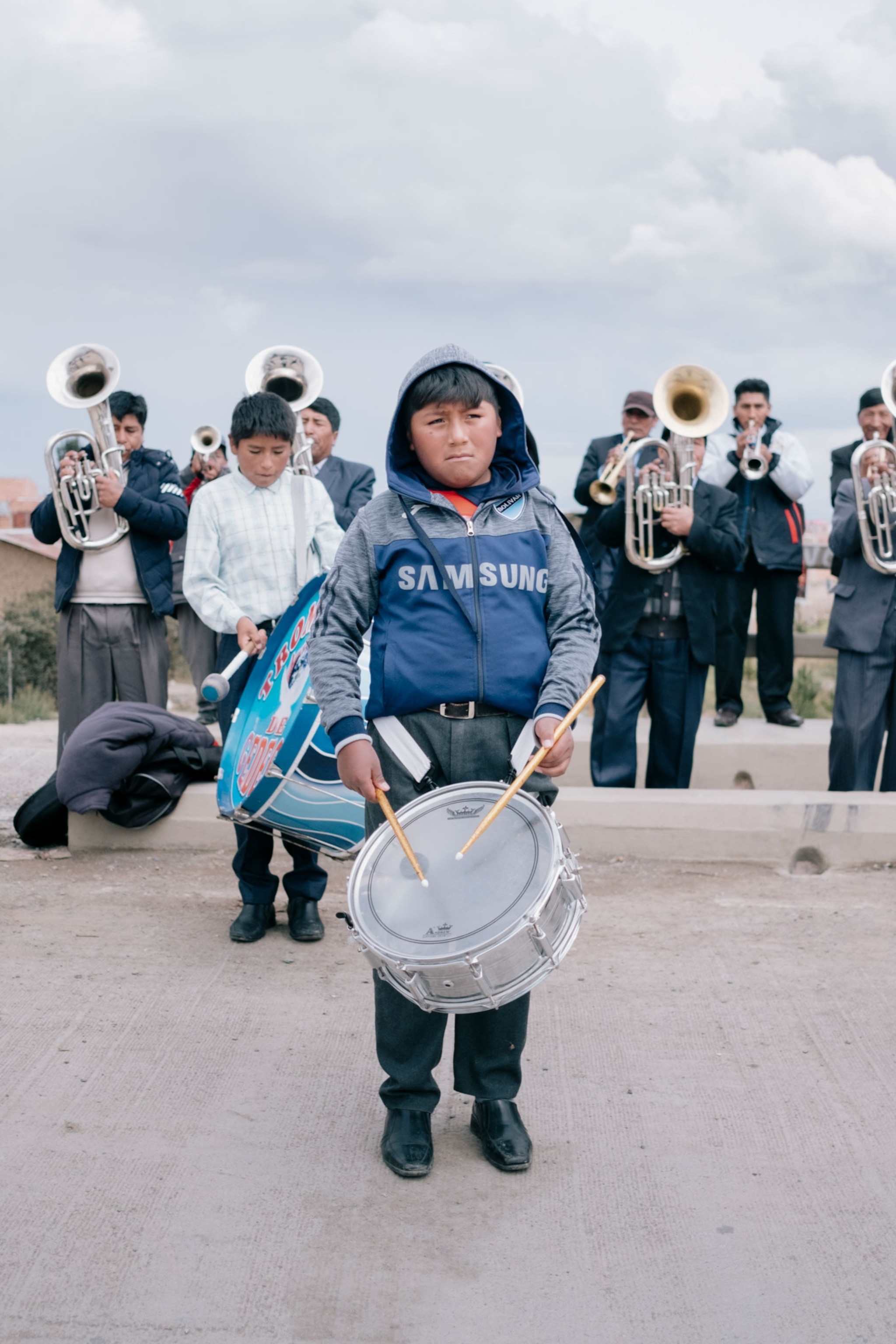
Two years ago Seoane, a National Geographic grantee, began talking to university students in El Alto, a city of some million residents, three-quarters of whom are Aymara, about what it means to be Aymara. “The thing that came out was that Aymara goes beyond folkloric things,” he says. They told him “we are just people.”
With these portraits, Seoane aimed to portray Aymara people in the course of their daily lives, in clothes that are sometimes traditional and sometimes not. When the series went on exhibit, he overheard visitors wonder about the ordinariness of his subjects. “They just saw normal people,” he says. He considers that a success.
